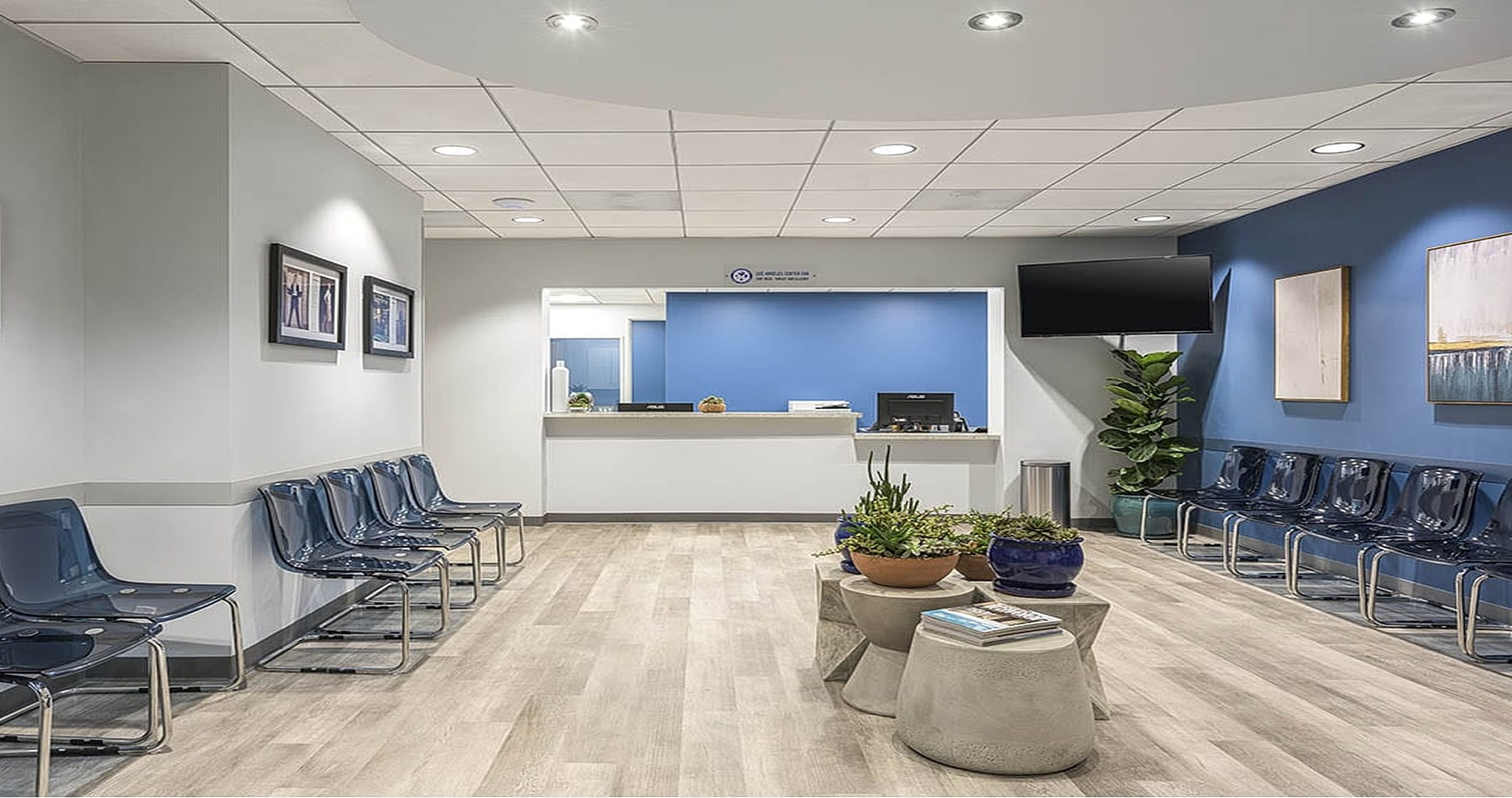
















Struggling with nasal congestion, difficulty breathing, snoring, or poor sleep? The way you breathe affects your energy, sleep quality, athletic performance, and overall well-being. Many people assume nasal obstruction is a minor inconvenience, but it can lead to chronic fatigue, difficulty exercising, and even sleep apnea.
At Southern California Center for Ear, Nose, Throat, and Allergy (SoCal ENT), we offer the Total Nasal Airway Procedure (TNAP™)—a minimally invasive, in-office treatment designed to improve all aspects of nasal airflow. Unlike traditional surgery, TNAP enhances breathing by addressing four key areas of the nasal airway in a single, streamlined procedure. With little downtime, no general anesthesia, and long-lasting results, TNAP provides a safe and effective alternative to nasal surgery.
If nasal obstruction is interfering with your daily life, sleep, or exercise performance, SoCal ENT’s expert team is here to help you breathe fully and freely again.





Nasal breathing is a key component of healthy oxygen delivery throughout the body. TNAP is an advanced, minimally invasive treatment designed to improve nasal breathing by addressing four key anatomical areas:
By treating all four components of nasal breathing, TNAP provides a holistic and highly effective approach to treating nasal obstruction.
When you breathe through your nose, your nasal passages produce a gas called nitric oxide. As this nitric oxide travels into the respiratory tract, it signals blood vessels in the lungs to dilate, improving oxygen uptake. Recent research on the role of nitric oxide highlights the important role of nasal breathing in optimizing oxygen levels, improving endurance, and supporting overall respiratory function.
We also know that breathing through the nose rather than the mouth helps to filter, warm, and humidify the air you breathe in, protecting your lungs from irritants and preventing your airways from drying out. Finally, nasal breathing activates the parasympathetic nervous system, which is responsible for the body's rest, relaxation, and recovery functions. In this way, nasal breathing encourages better sleep, reduced stress, and overall well-being.
Considering the importance of unobstructed nasal breathing, the benefits of TNAP extend far beyond ending congestion, enhancing whole-body health and wellness.
To assess your nasal breathing, our ENT specialists use a diagnostic tool called rhinomanometry. Rhinomanometry evaluates how well air moves through the nasal passages, helping your provider determine the severity of nasal obstruction and track improvements following TNAP.
During the rhinomanometry test, you will sit comfortably while a small, soft nasal probe or mask is placed over your nose to measure airflow and pressure as you breathe in and out. The test is completely non-invasive and painless, requiring only natural breathing through your nostrils. Your ENT specialist may ask you to breathe normally, take deep breaths, or alternate between nostrils to assess any blockages or restrictions. Real-time data is recorded to evaluate how well air moves through your nasal passages, helping identify issues such as nasal valve collapse, turbinate swelling, or a deviated septum.

The Total Nasal Airway Procedure (TNAP™) is minimally invasive and performed in-office without the need for general anesthesia. Your ENT specialist will begin by applying a numbing agent inside your nose.
Once the area is fully anesthetized, targeted treatments will be performed on the lower lateral cartilage, upper lateral cartilage, nasal septum, and inferior turbinates—the four key structures responsible for proper nasal breathing. Depending on your needs, the procedure may involve reinforcing cartilage, reducing turbinate swelling, and straightening the septum to create a clearer nasal passage. The entire TNAP procedure typically takes about an hour, and most patients report little to no pain during treatment.

TNAP is designed to relieve nasal congestion and breathing difficulties caused by:
If you experience difficulty breathing through your nose, TNAP can help restore natural, comfortable airflow.

Compared to traditional nasal surgery, TNAP offers a quick and comfortable recovery process. Most patients experience mild congestion or swelling for a few days. You can typically return to work and normal activities within 2-5 days. Your ENT specialist will provide aftercare instructions to ensure a smooth recovery and optimal outcome.

After undergoing the Total Nasal Airway Procedure (TNAP™), patients experience significant, lasting improvements in nasal breathing, often noticing relief immediately or within the first few weeks as swelling subsides. By addressing all four key components of nasal airflow, TNAP enhances oxygen intake, reduces congestion, and improves sleep quality—leading to fewer interruptions from snoring or breathing difficulties.
Many patients report easier breathing during exercise, better focus during meditation, and an overall boost in energy levels. Unlike temporary fixes like nasal strips or decongestants, TNAP offers a long-term solution that reinforces nasal structures for stronger, more efficient airflow.
The procedure typically takes about an hour and is performed in-office under local anesthesia.
Most patients experience only mild discomfort during the procedure, similar to a dental visit.
Many patients experience immediate improvement, with full results developing over the first few weeks.
Most patients can return to work and normal activities within 2-5 days.
Many insurance plans cover some or all aspects of TNAP, though coverage varies. Our team will help determine your benefits and out-of-pocket costs.
TNAP provides long-term nasal airway improvements, with many patients experiencing permanent relief.